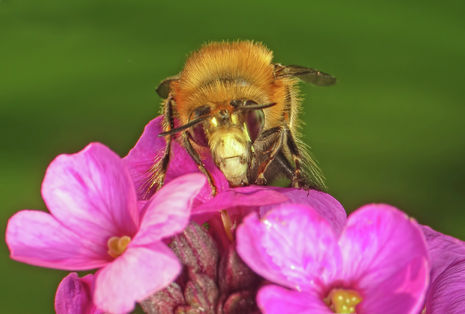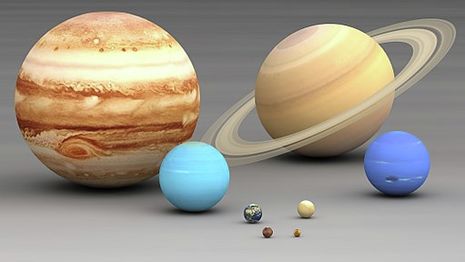Research Round-up: Easter edition
The Science Editors, Suchir Salhan and Caredig ap Tomos, discuss the latest scientific breakthroughs in Cambridge from March

Neural Implant could restore limb function to amputees
A “biohybrid” device combining cell therapy with bioelectronics has been found to improve the connection between the brain and paralysed limbs in rats. Co-first author, Amy Rochford from the Department of Engineering, says: “By combining living human cells with bioelectronic materials, we’ve created a system that can communicate with the brain in a more natural and intuitive way, opening up new possibilities for prosthetics, brain-machine interfaces, and even enhancing cognitive abilities.”
Discovery of Carbon-Storing Giant Waves in Oceans
Cambridge scientists have found that underwater waves, which can be as tall as 500 metres, below the ocean’s surface, play an important role in how the ocean stores heat and carbon, according to new research. “Many climate models have an overly simplistic representation of the role of micro-scale turbulence, but we’ve shown it’s significant and should be treated with more care”, said co-author Dr Ali Mashayek from Cambridge’s Department of Earth Sciences.
Beethhoven’s DNA Decoded
Tristan Begg, a final year Biological Anthropology PhD researcher from the Department of Archaeology, has helped uncover important details about Beethhoven’s health and possible cause of death. Using five locks of the composer’s hair, Begg argues that Beethoven’s alcohol consumption may have contributed to his death: despite the fact that ‘most of his contemporaries claim his consumption was moderate by early 19th century Viennese standards’, the composer showed a number of significant genetic risk factors for liver disease. The study also found evidence of a Hepatitis B virus in the months before his death.
How a flower can make fake insects to help it reproduce

Gorteria diffusa is a South African daisy with a very unique reproduction strategy: it attracts male flies into the flower by mimicking the appearance of a female fly. When the male fly attempts to mate with these fake females, it collects pollen from the flower, which it will then take and spread to other flowers. Researchers from the Department of Plant Sciences have demonstrated that this complex structure was made by the plant simply by repurposing three existing genes. This simplicity allowed the plant to develop the feature rapidly, giving it a distinct evolutionary advantage.
New tool to measure hidden water in planets could help narrow down the search for life

In the early period of a star’s life, it’s high temperature can blast away any water on the surface of surrounding rocky planets. This process would leave planets without any water were it not for minerals under the surface being able to soak up water and retain it, where it can later return to the surface when the star has calmed down. Scientists in the Department of Earth Sciences have developed a tool that allows them to predict how much water is stored in the planet’s interior from the size and chemistry of it’s star. From this data it is hoped scientists can better refine which planets could potentially host life.
 News / Uni Scout and Guide Club affirms trans inclusion 12 December 2025
News / Uni Scout and Guide Club affirms trans inclusion 12 December 2025 News / Cambridge Vet School gets lifeline year to stay accredited28 November 2025
News / Cambridge Vet School gets lifeline year to stay accredited28 November 2025 Science / Did your ex trip on King’s Parade? The science behind the ‘ick’12 December 2025
Science / Did your ex trip on King’s Parade? The science behind the ‘ick’12 December 2025 News / Cambridge study finds students learn better with notes than AI13 December 2025
News / Cambridge study finds students learn better with notes than AI13 December 2025 News / Pembroke to convert listed office building into accom9 December 2025
News / Pembroke to convert listed office building into accom9 December 2025








